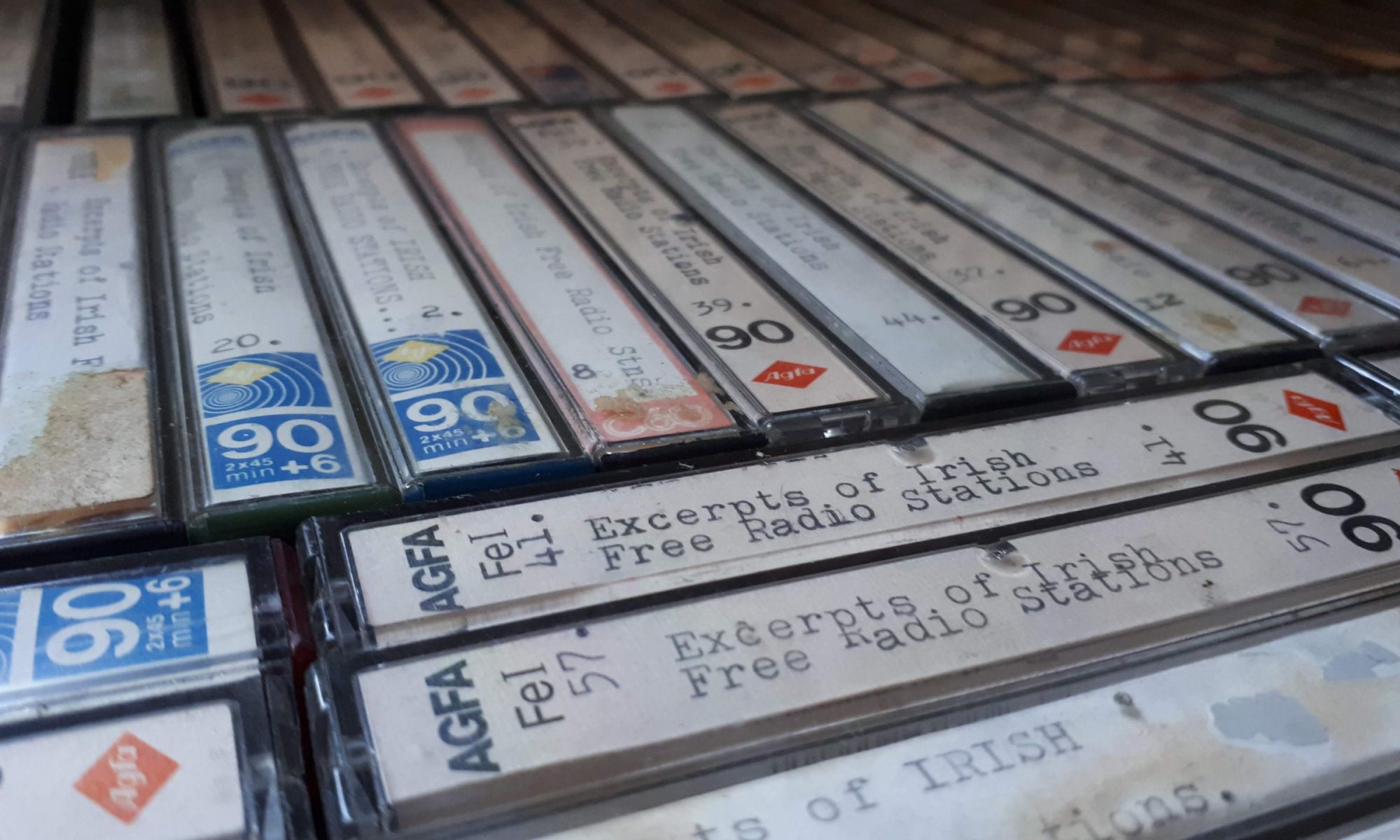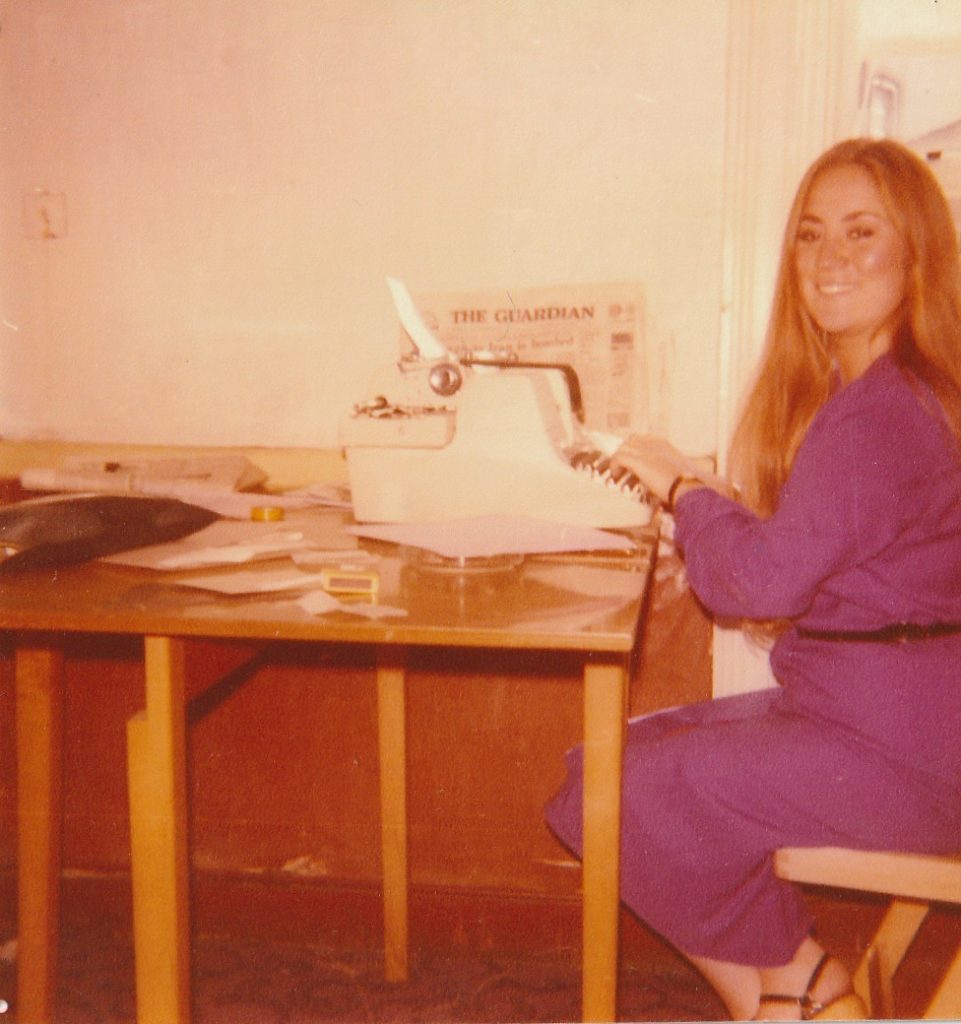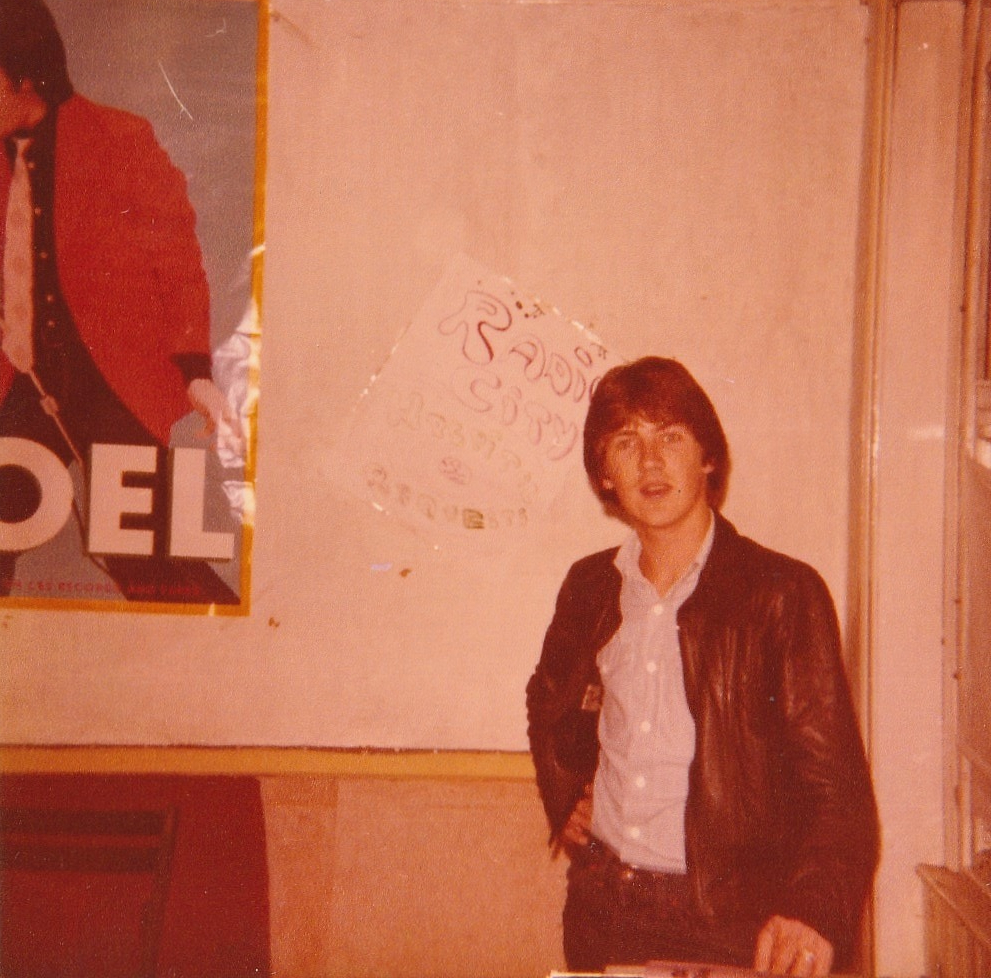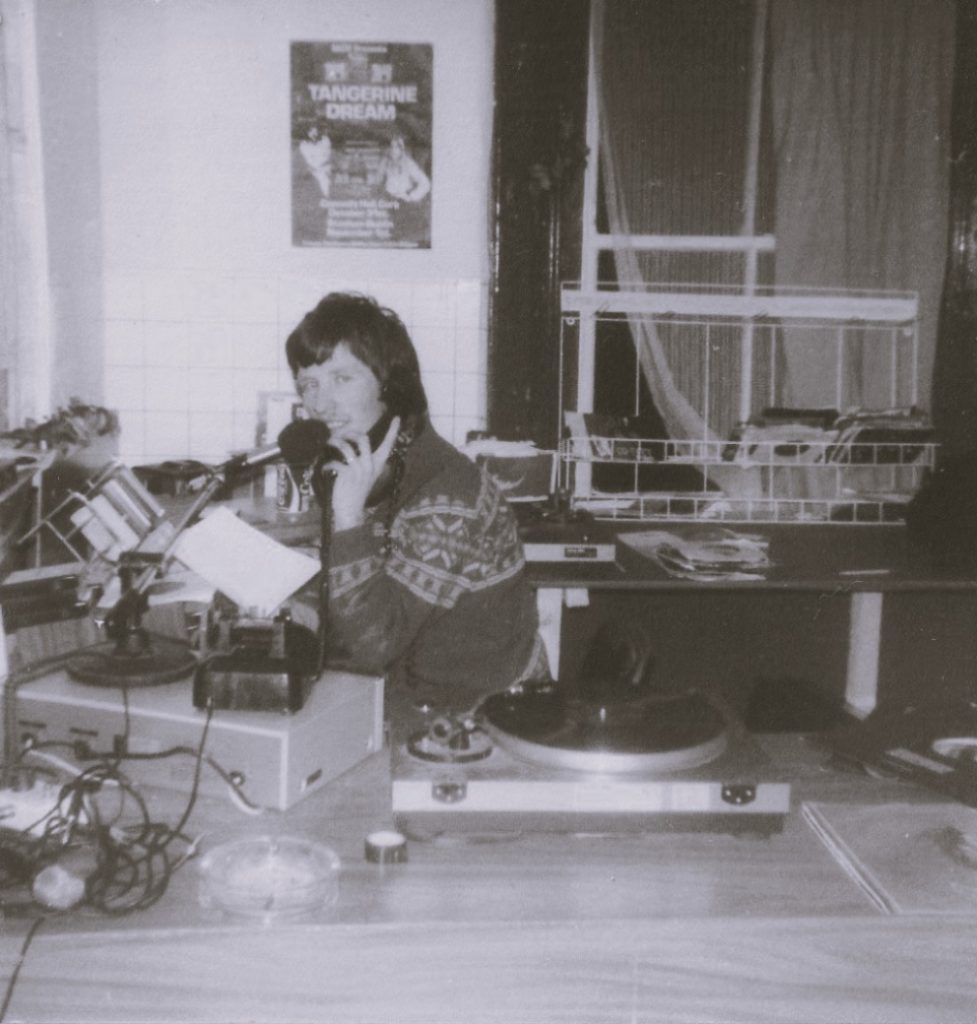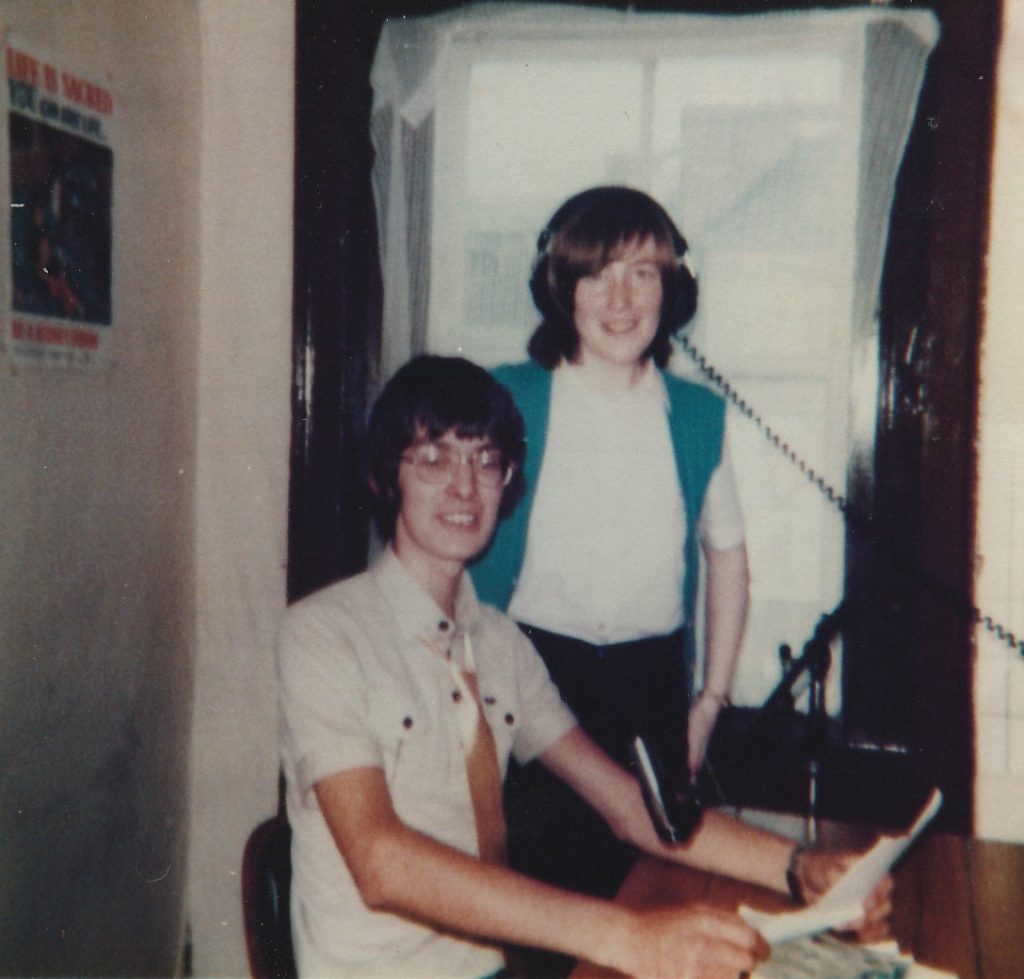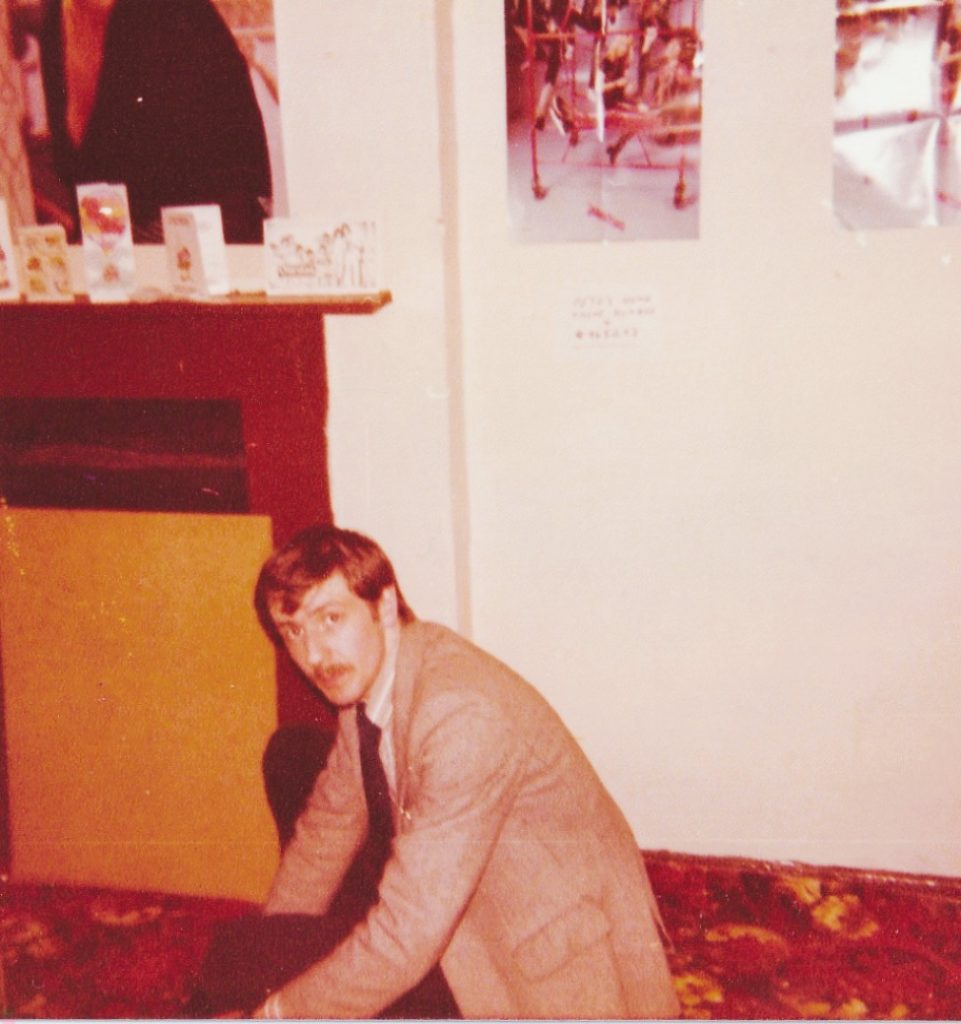Podcast: Play in new window | Download
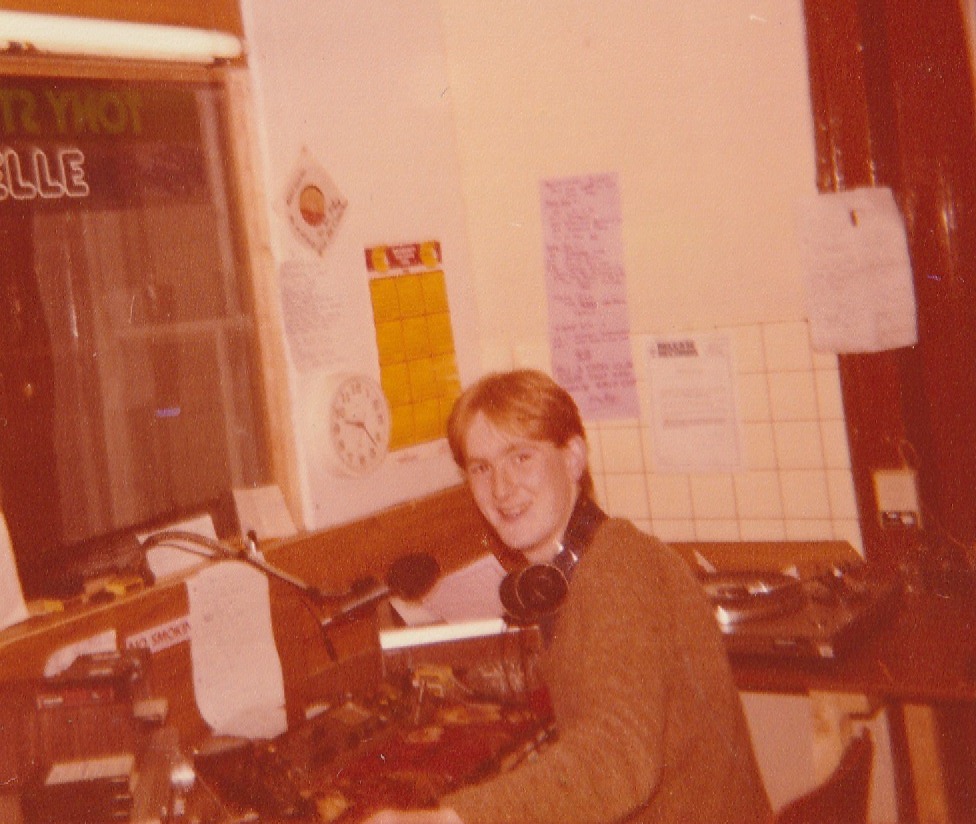
In October 1980, the new Cork pirate station Radio City entered its second month on air, offering a variety of programmes from 0700-0200 each day presented by many of the DJs who had cut their teeth on the emerging Cork scene since the late 1970s.
The first part of this recording was made on 1st October 1980 and features Noel Evans (Welch), Alan Reid (the late Henry Condon, known later as Henry Owens on other pirates) and Tony Allen (Walsh). The second part was made on 10th October and features Tony Allen, Luke Ward and Pete Andrews (O’Neill). Adverts are sparse after a month on air, underlining the financial challenges involved in sustaining a full-time pirate station at the time.
Audio quality is poor as most of the recording was made by placing a tape recorder against a radio. It was recorded from 1512 kHz AM, announcing 199 metres, and is courtesy of Lilian O’Donoghue.
